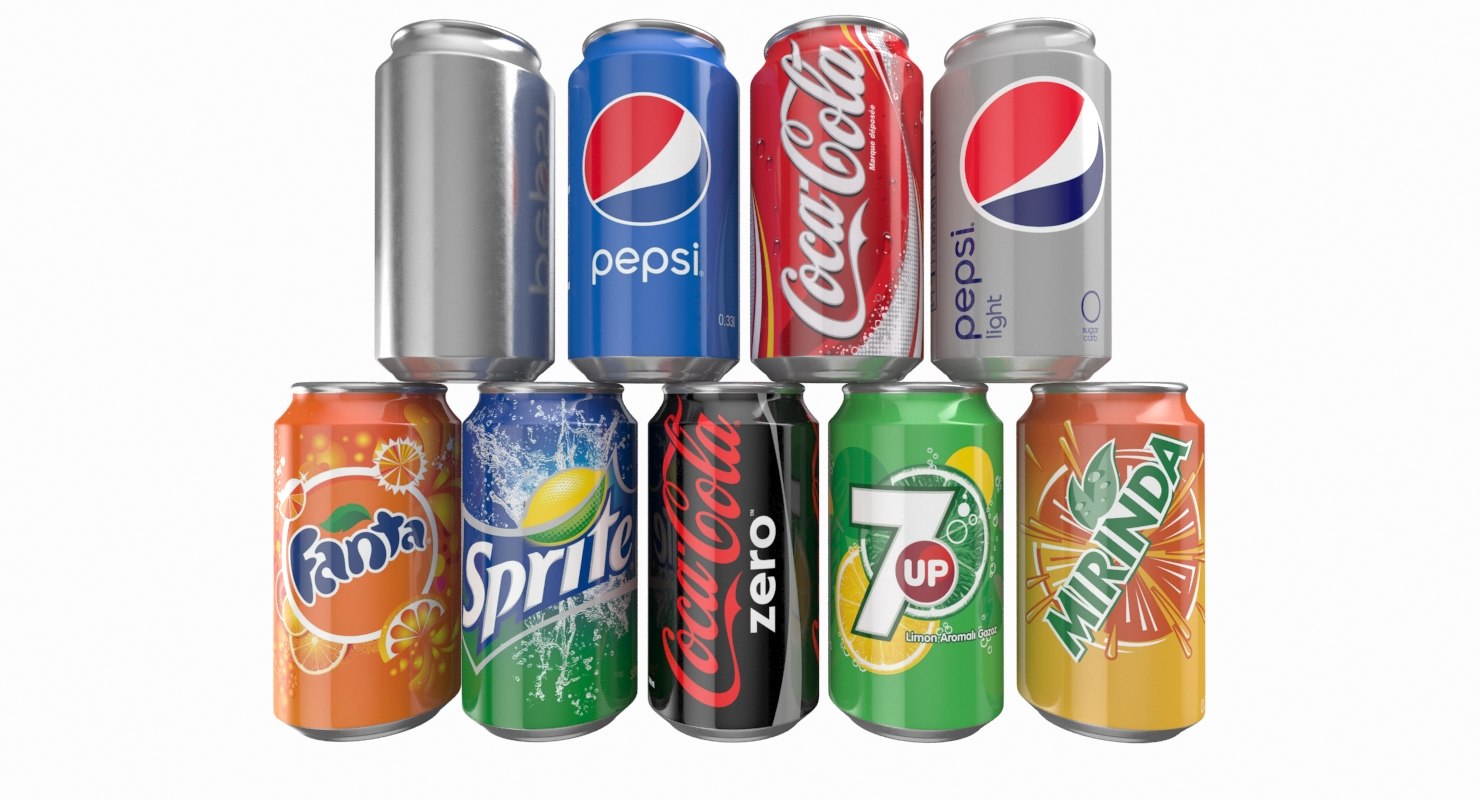The aluminium cans that you use to drink not only contains juices and coke but so much science
15000 cans are manufactured in one-second worldwide. A light and strong container.
We can have spherical containers like fruits. It requires the least raw material. (Sphere is the only shape which has maximum volume and minimum surface area). But it is difficult to manufacture spheres. And it has only 74% packing efficiency. That means 26% of space in a box goes waste.
Next, we can think of the cuboid (rectangle area). Here edges are sharp and weak. And the packing efficiency is also not good.
Finally, we come to cylindrical containers. We can rapidly manufacture them. The packing efficiency is 91%. The cylinders have a curved surface. The curved surfaces always have more strength than flat surfaces.
The bottom of the can is always "domed". Because of 1. The arched surface gives strength. 2. The semi-spherical surface requires less material than a flat surface.
To open, a lever arrangement is provided on the top. Lift, press, and Drink.
Along with beverages, some gases like carbon dioxide or nitrogen is filled up. Hence, twice the atmospheric pressure is there inside the can. The pressure reinforces the strength of the wall of the can. A filled coke can actually bear and withstand the weight of a man. The wall is only .75 microns(0.075mm) thick, Or it is as thick as human hair. (one gram saved in the manufacturing of cans will save 200000 tonnes of aluminium globally per annum)
Today, 70% of recyclable materials are used in the production of cans. Also, plastic is being replaced by aluminium foils now.
Next time, when you drink from a can, appreciate the engineering.
---------------------------------------------------------------------------------

